One of the most basic skills a human being needs is the ability to listen. Without listening, there is no understanding or insight into the Self or the Other. The nuances of the human voice, much like the subtleties of the visible world, reveal so much of the whole person from which that voice comes. Listening is a presencing, an openness to the interiority of the Other. Listening also applies to the hearing of the layered harmonics in abstract art, as well as the hearing of the Small Inner Voice of intuition also known as the Voice of the Personal Daimon in Greek antiquity. The Clinical listening of the psychotherapist or psychiatrist must be alive to the many voices dissociated into “the transference”, that field of symbolic tensions and object relations. So this is why Listening needs a deeper investigation as a core practice across art, philosophy and psychotherapy.
In psychiatry and psychotherapy, we learn about “active listening”, which is a more focused form of the common skill that is required to gain the significant narrative understanding needed for assessment, formulation and treatment. In this version of listening, respectful interruption is possible to clarify suggested timelines, whether of personal history, symptom development or treatment response over time. Active listening is the basis upon which the therapeutic alliance is formed, or the way rapport is created. Without rapport and a therapeutic alliance between the two parties, the psychotherapeutic relationship cannot be sustained for long. The frame that psychotherapy depends on soon disintegrates into misunderstanding, mistrust , disrespect and clinical pessimism. There is an absence of openness or a closing to the interiority of the Other because of a failure of listening, in this scenario.
Listening remains an ongoing requirement for both parties in the psychotherapeutic dyad over time. This kind of listening is not just an initial pursuit of information and understanding by the psychotherapist. There is a need for a more reciprocal kind of listening. As you know, psychotherapy once commenced is an inherently collaborative endeavour to seek greater understanding of “the problem”, however that is defined. One could argue the goal is to create a deeper sense of openness in which each party can “hear” what metaphors and what voices are bringing clarity and insight to the problem. The “problem” can be both specific and / or transpersonal, but it will usually be a version of the fundamental pursuits of the human condition : self-awareness, self-transcendence, self-understanding, self-acceptance and a sense of coherence and meaning. We listen to hear how the human being adapts to the world of others, including any ultimate sense of the Other. These concepts orient most modalities of psychotherapy I know about.
The field of listening that emerges in therapy, will be tested repeatedly by many of the emotions. These are the emotions that threaten the ability to listen to one’s self and to the Other : shame, rage, distrust, disconnection, and other false notes of emotional pain. These reductions in our ability to listen to our own wisdom and emotional intelligence are like aberrations in the field of listening. It contains the field described in psychodynamic psychotherapy as the transference and counter-transference space, the place where associations from life are unconsciously re-enacted in a psychic theatre.
Without a sense of openness in which listening (and speaking) is the practice, there can be no working through, no deep hearing and no deep acknowledgement of trauma. The field of reciprocal listening allows the expression of the “problem” and the emergence of the possible “answers” to be heard, at a metaphorically deep level, where true insight can release the sense of blocked energy or frozen thoughts.
There are different instantiations of meaning in the modality of hearing. At times, there is a focused listening to the specific words describing particular events. Other times, we hear the distant sound of music on the wind, barely discernible through an atmosphere of grief and loss. In between these extremes, in the field of sounds we can understand through our listening, all the many various dialogues of psychotherapy exist.
They are translated through listening into the multivariate dynamics in psychological space. The fine tuning of our listening is the tool of the transference. We become professional listeners, and only secondarily the source of “answers” or providers of “tools” or “tips” or treatment plans.
The full engagement with the field of listening is itself a deep, humanistic and friendly recognition and experience of that field’s disturbances. To use Byung-chul Han’s and Peter Handke’s word, in psychotherapy we have opened a field of “friendly” listening in which the narcissistic, ego-driven communication that seeks the “absolute zero” of interaction of the “Like” is not at all applicable. Psychotherapy and the field of listening is not a performance space for self-absorbed narcissists seeking Likes.
Consistent with his multi-volume, meta-critique of post-modern, “achievement society”, BCH singles out “Listening” in his short book “The Expulsion of the Other”. It is the final chapter. He characterises what I have called the field of listening as involving a non-passive, welcoming, gifting of a recognition of Otherness. The Other is invited to “speak themselves free” and “thus listening can have a healing effect”.
German sociologist and Critical Theorist Hartmut Rosa describes how the world can become “mute”, as it becomes so accelerated and instrumentalised by our attempts at controlling everything. Imagine our world of noise accurately described as “mute” and “lacking resonance”. (Have BCH and Hartmut Rosa ever met? They need to! Their critiques of modern society have some real overlap.)
BCH specifically differentiates the mere information-gathering listening of the therapist, and I take this as a reminder of how objectifying and casually scientistic our initial assessments can feel. I think we psychotherapists can take our cue from BCH and make our initial assessment more of an” hospitable reception” that “has no need of any judgement “.
This may sound unrealistic but I can tell you that deep, psychiatric assessments that go beyond the thin scaffolding of DSM diagnoses, can easily take much more than the minimum 2 hours. Sometimes I cannot hear any unequivocal sense of narrative for five or more sessions. That does not mean the deep listening has not been welcoming my patient to speak freely or pause silently to the extent they wish to. It is not about my egotistical need for an instantaneous “read” of the commodified illness subject in the field of listening around us both.
I said there was an aesthetic connection to the idea of the Listening Field. Every abstract painting I have completed has been a representation of a multi-layered field. These are fields of mixed modalities : the affective tonality, the balanced repetitive forms, the complementarity of colours, the portrait & the figurative, the sculpturality layer, the iridescent colour immersion, the whiteouts emulsion, the effect of mixing industrial solvents and so on. This field of painting is about balancing layers to create a unity that sounds harmonically in tune with itself. The concept of harmony is integral to the experience of a “painting that pops”, especially in the abstract tradition. It is a sudden instantiation of a powerful and unexpected coherence across the chaotic dualities of a painting : foreground / background, highlights / main colour, form / formless, colour that complements colour. You all know it when you see it. Or when you hear it.
The Field of the Seen echoes and interweaves with the Field of Listening. It has active and passive polarities, like archetypes in the Collective Unconscious. There is an openness necessary for paintings to be seen and heard simultaneously. The viewer has to “hospitably” allow the painting the possibility of being visually decipherable and thus meaningful . There has to be a “friendliness” toward the Otherness in art to allow the paintings to “speak themselves free”. Critique is possible but only after there has been a space of openness for the work to come into being and exist.
Commodification as the contemporary way of experiencing art is a contradiction and a form of muting the Numinous Otherness. Art gains its power by expressing the soulful Otherness of that which cannot be reduced to another commodity that flags narcissism and social status. For Adorno, as BCH points out, “wondrous estrangement from the world is an aspect of art”. In this way of thinking, art restores the Other to its strange and wondrous quality as Other.
Art is empowered by its ability to speak itself and be heard and seen as an escape from “the Terror of the Same” (BCH). As Heidegger has implied, art comes into being in a field of non-conformity, in which “The They” (Das Man) cannot control the expectations of what is seen and heard. The field demands a listening for the subtle voice of the art, the whisper that one may have to strain to hear. Art denies the drive toward controllability that Hartmut Rosa defines as the core of modern society.
And resuming our discussion of psychotherapy, the basic mental state examination (MSE) is focused on what is seen and what is heard. In fact, mostly what is heard. There is a summarised methodology here, a way to analyse the field of Listening and the Field of the Seen. We abbreviate it in psychiatry training to create a mnemonic. Even in abbreviated form, you can imagine how much listening is required to fill out even a superficial summary of a patient’s presentation. For example, a simple version of the MSE (much abbreviated) :
Mental State Examination (MSE)
A & B…appearance and behaviour…a general description incl clothing, attitude to interview, motor abnormalities, tics, agitation , catatonic symptoms,
S…speech, pacing, pressured, flow, tempo, affectations
T…thought content, delusions, overvalued ideas, defences (neurotic to mature), dominant object relations, anxious rumination, sense of rapport, thought form incl a lack of logical flow, formal thought disorder, stream of thought
P….perception…hallucinations, voices, illusions, bodily sensations, derealisation
M…mood and affect, depression, mania, anxiety, anhedonic mood
I & J….insight into life situation and illness, depth of insight, intact judgement, reality testing
C…cognitive testing / orientation to person / place / time,
If we consider this psychoanalytic methodology of active listening, as an attempt to understand fluctuations in the Field of Listening, we can again consider the comments BCH has made about poetry. “Perhaps poetry, like art, moves with a self-forgotten I toward the uncanny and the strange”.
“Art presupposes a self-transcendence” that “enters the uncanny and the unfamiliar”.
In psychiatry and psychotherapy, we endeavour to stay alert to the varieties of psychic experience. We actively listen for the uncanny and the strange, common indicia of the clinical Other. We can sharpen our ability to listen closely from how philosophers like BCH (et al) critique our loss of listening in the postmodern, neoliberal, digital society. Equally we can think of how we hear the voices of art and poetry to understand how we develop the Art of Listening. This reflects a respect for the subtlety of how the Field of Listening can be perturbed by the stories of our patients. We could learn the way to respect the silence between words, or follow a narrative appearing as if on a distant wind. In the end, the Art of Listening is more similar than different, whether its psychotherapy, psycho-philosophy, poetry or painting. This is why I think psychiatry is the grandchild of the sciences and the arts. This is why we teach training psychiatrists to see their patients through a biopsychosocial prism.
To enter the Field of Listening as described above, we are rejecting the narcissistic, Hell of the Same and instead ethically cultivating a friendly openness and an hospitable form of lingering that allows the Other to speak themselves free. This way of listening would not be an echo chamber of common biases, nor an edifice for any allegedly dominant “consensus reality” permitted in the digital versions of community. This listening is as open as possible. It is a way of Being. A vita contemplativa.
This way of listening involves a self-listening as the self interacts with the Other, and if in therapy, we look for patterns of clinical dialogue that echo the patterns in the outer world, where the listening continues. In psychotherapy, we “work in the transference” by developing the art of listening so that it hears the layers in any dialogue. Outside psychotherapy, we can also respect the Other by listening in the field of layered and unmuted openness, including in our appreciation of art. A kind of coherence of the Self could then come about, whether we are in the gallery or studio, the psychotherapy room or reading the psycho-poetics of philosophers like BCH. Coherence in life is the emergence of harmonics heard across the main domains of our vitality.
………………………………………………………………………………………………
NEXT : What is a Portrait?
*BCH = Byung-chul Han
All references to the work of BCH above are limited to his 2018 book “The Expulsion of the Other”


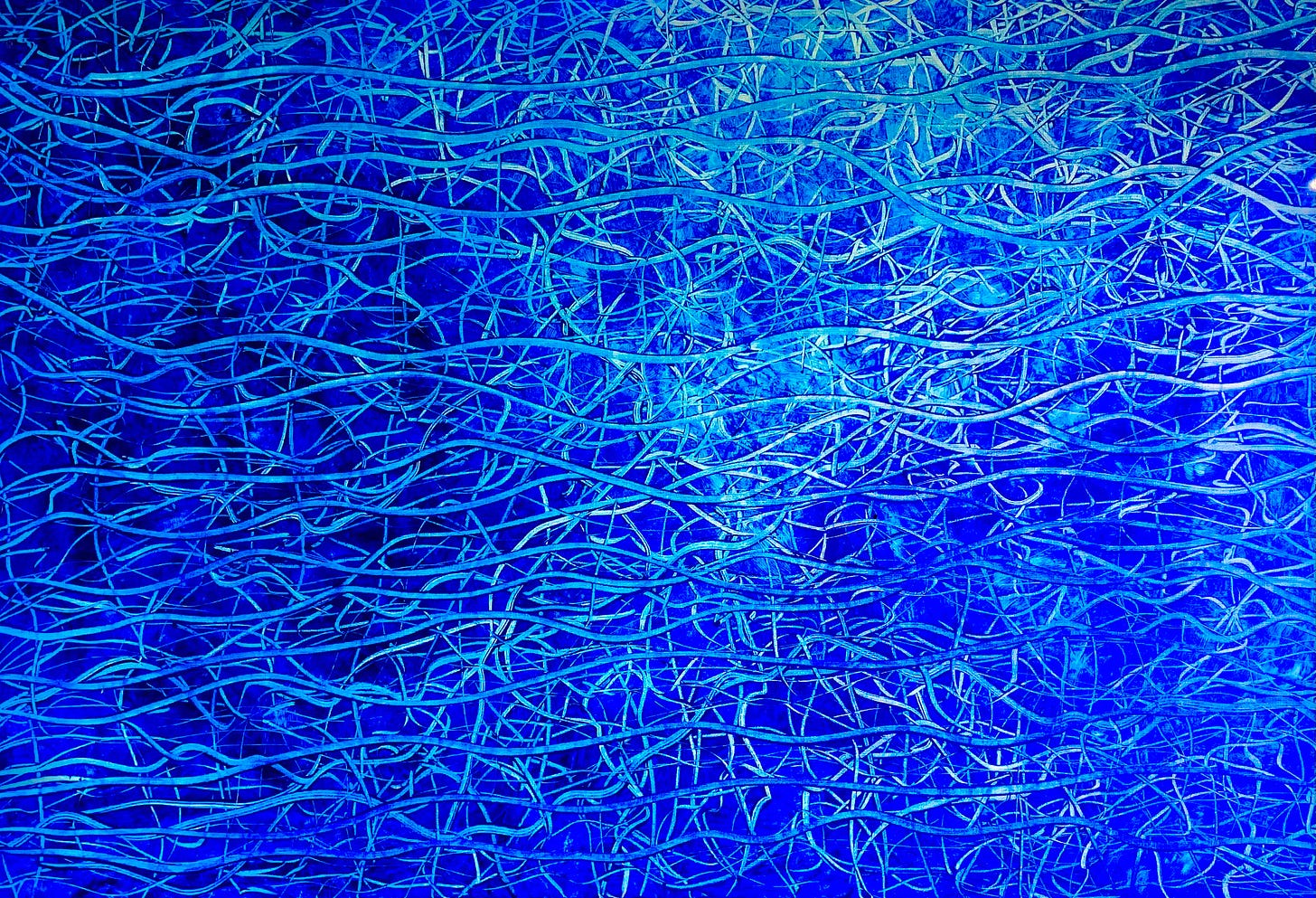
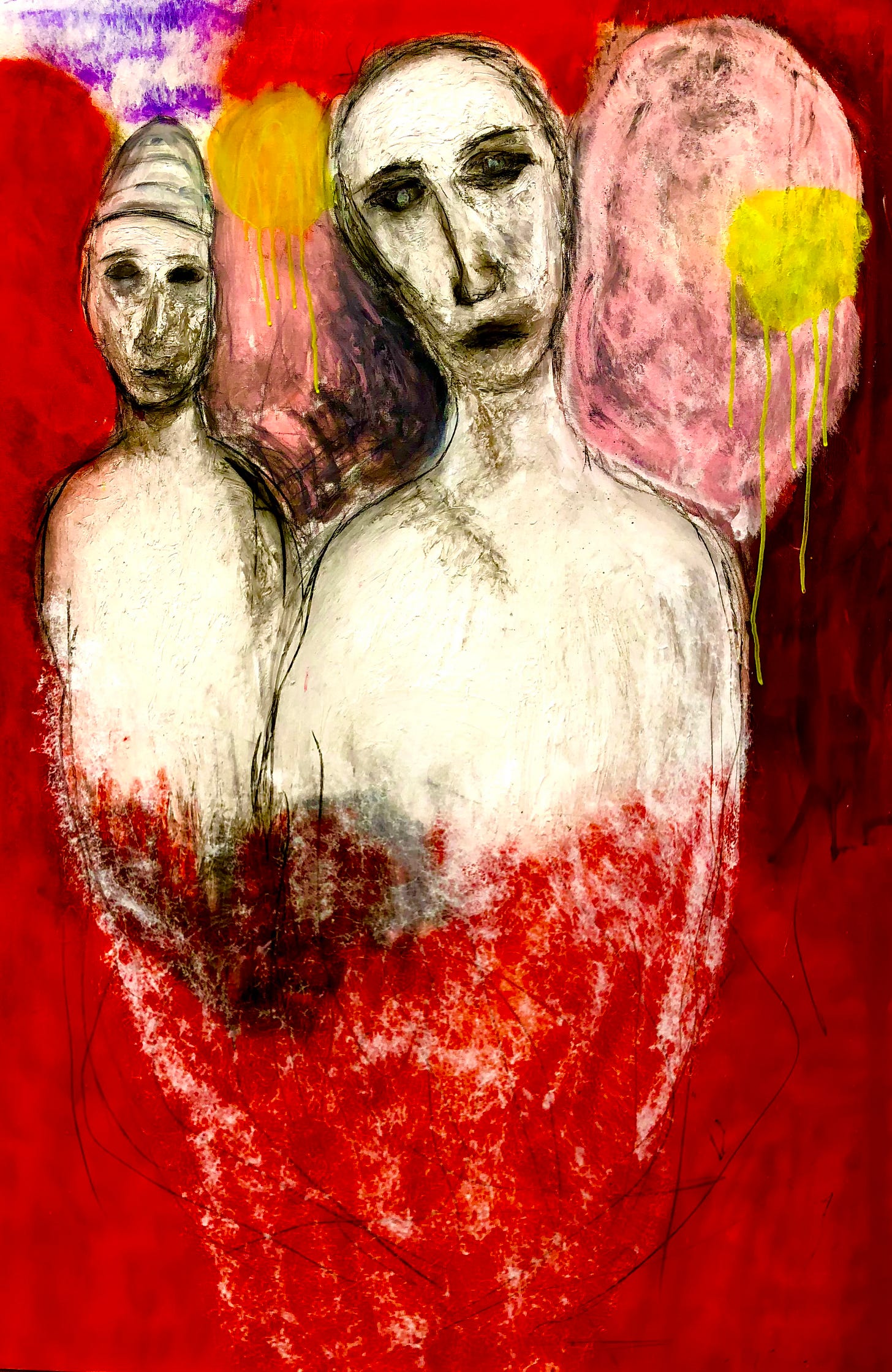
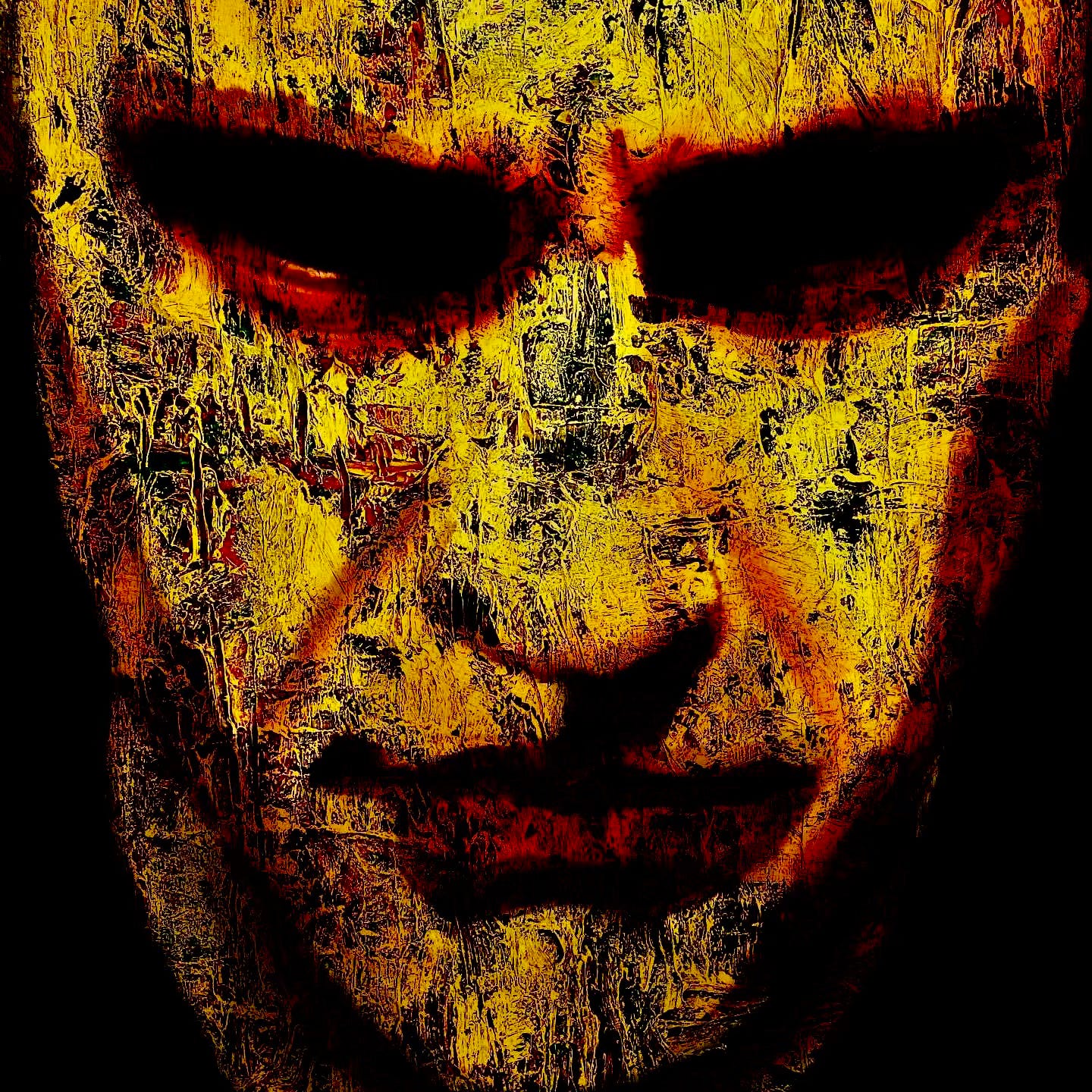
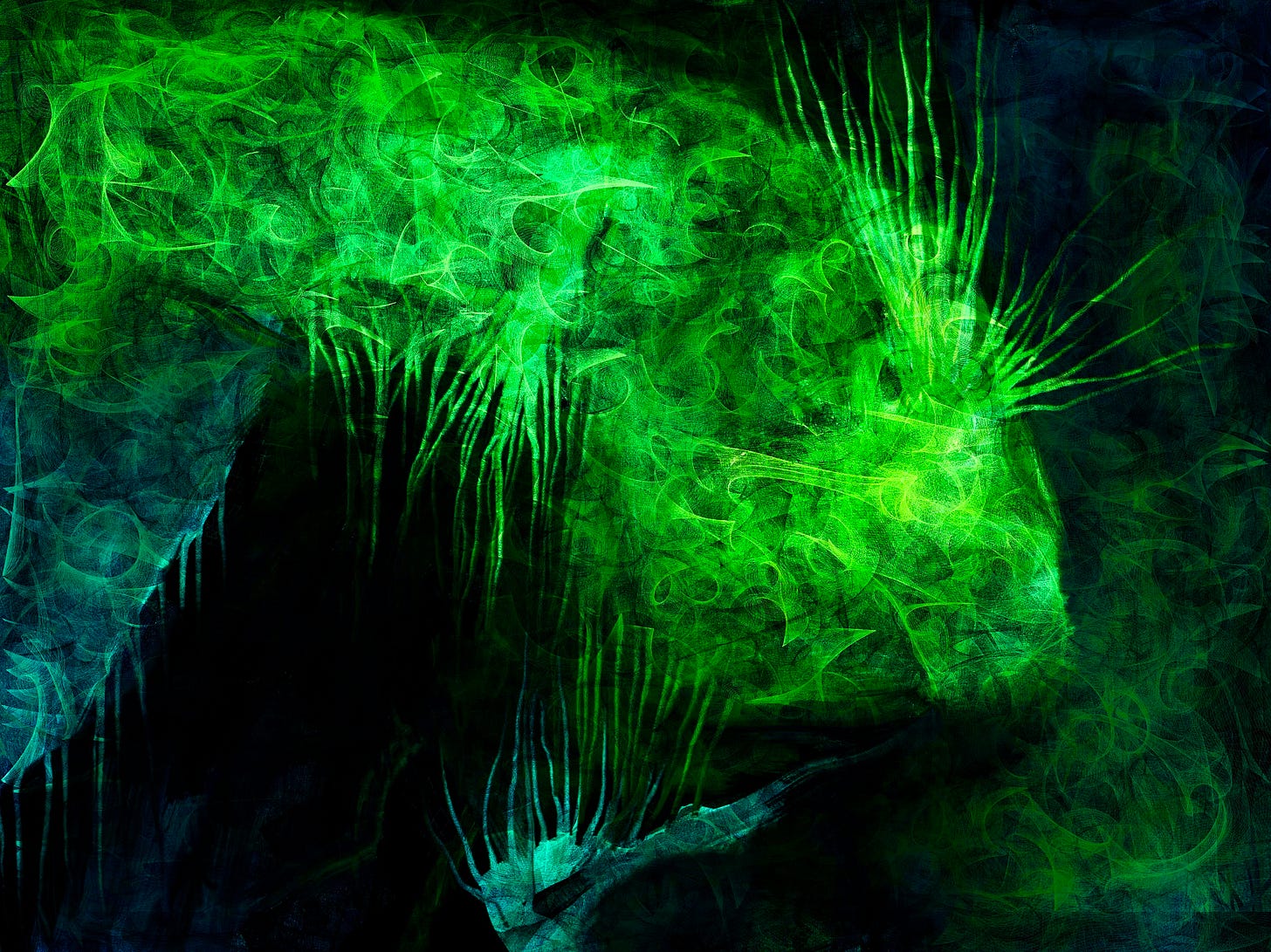
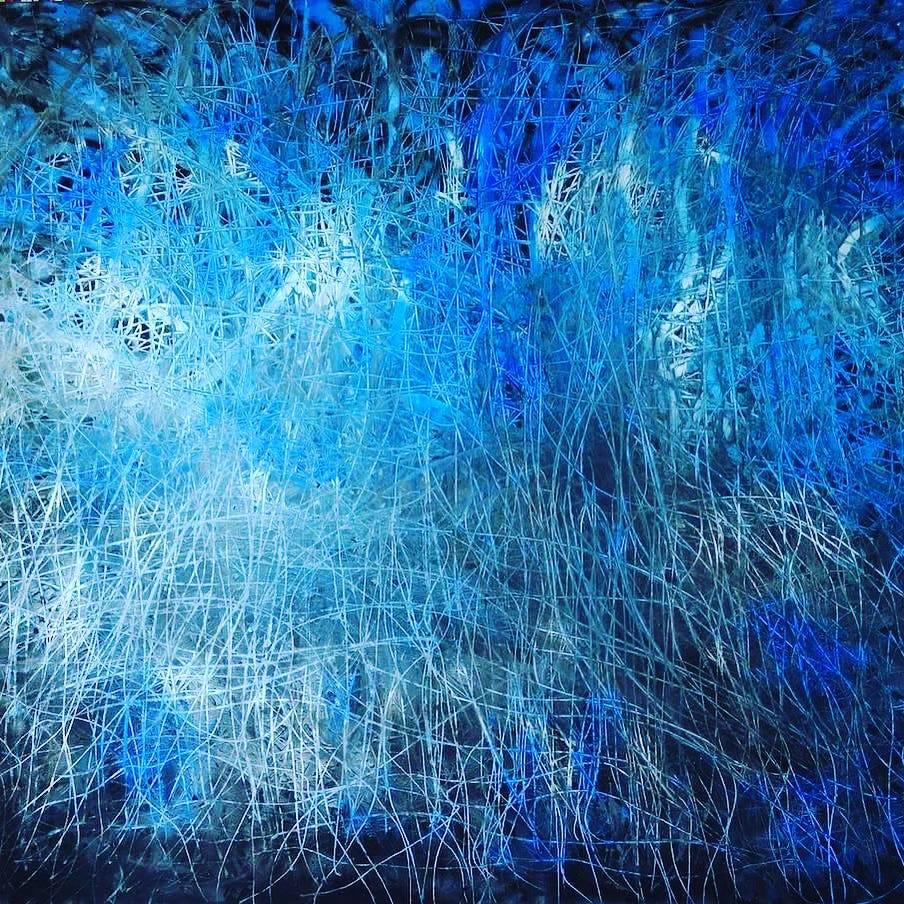
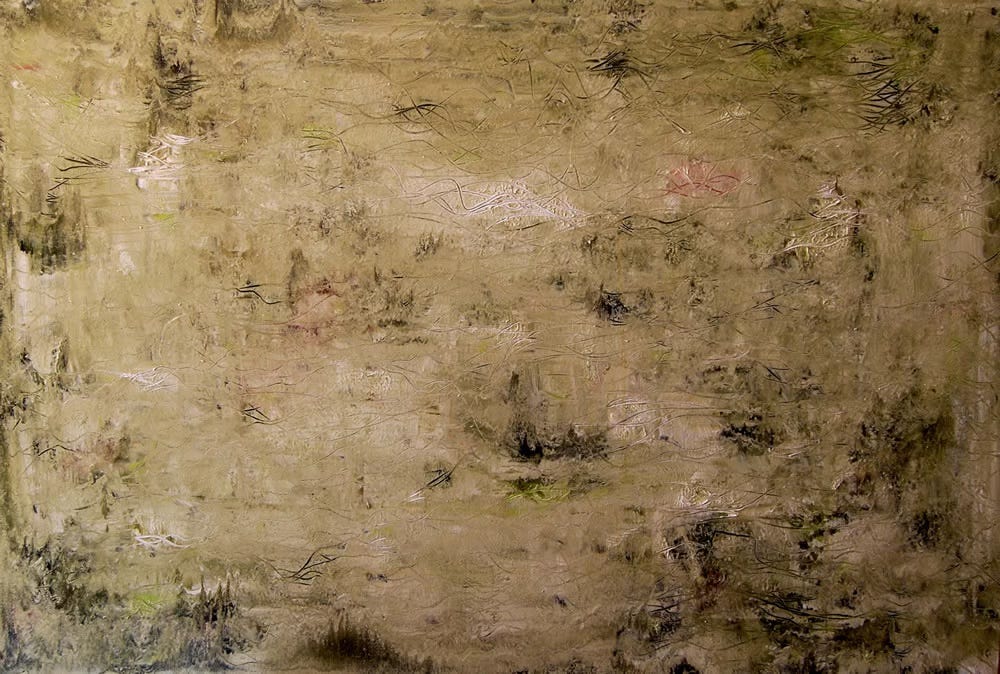
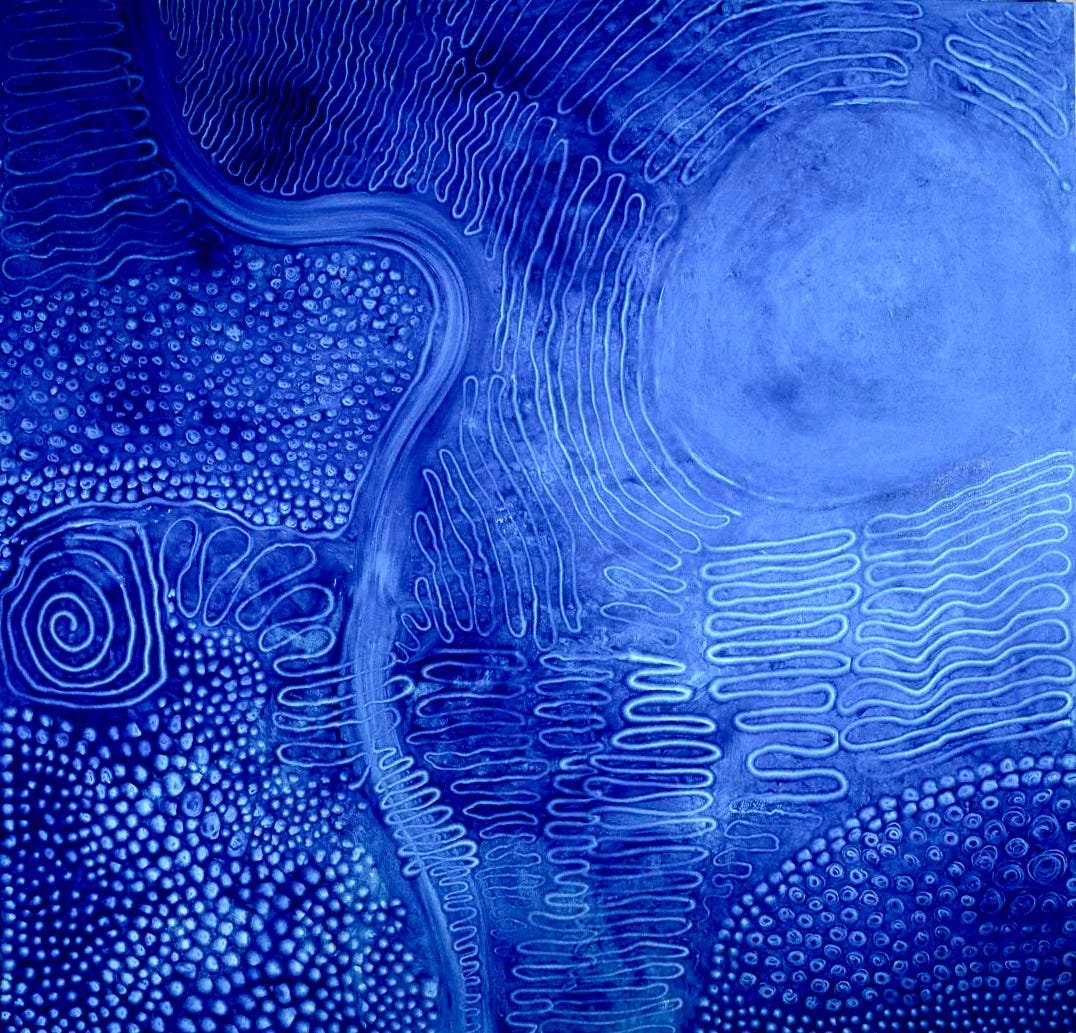
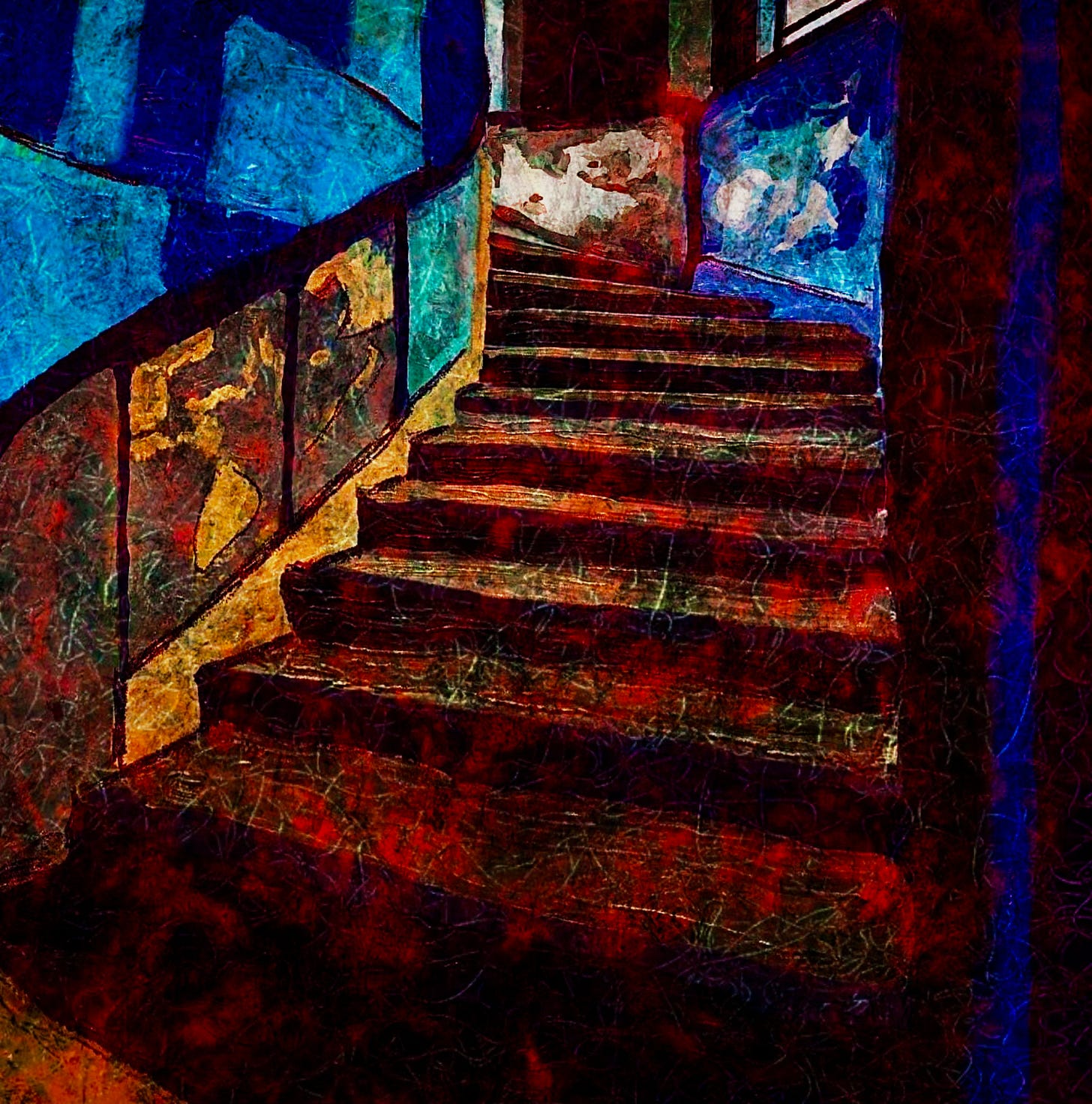

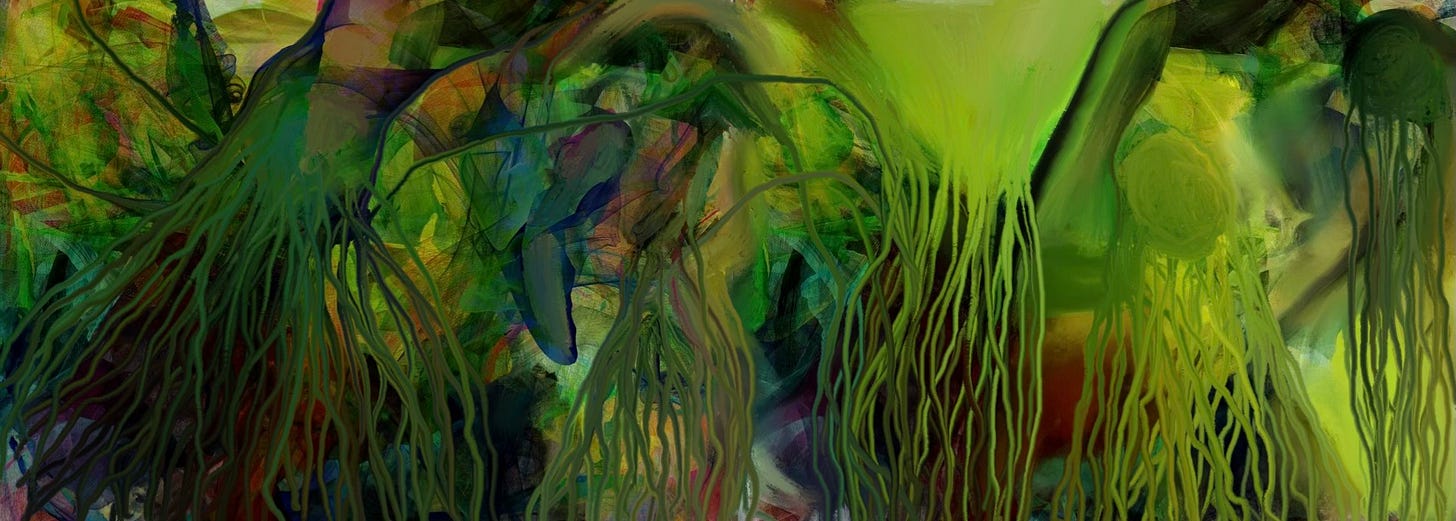
What are your thoughts on listening, not only within oneself and between humans, but on the need to listen to the land?
(by the way, I like that thought about psychotherapy being a grand-child of art.)